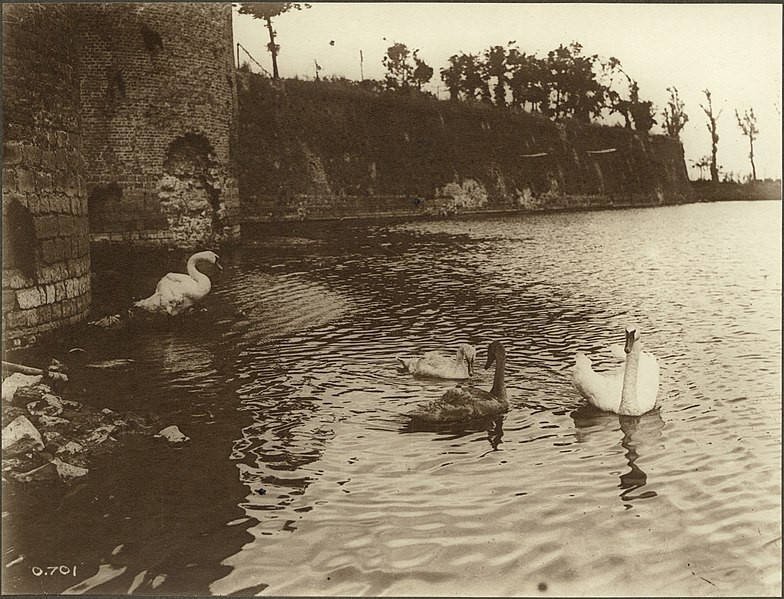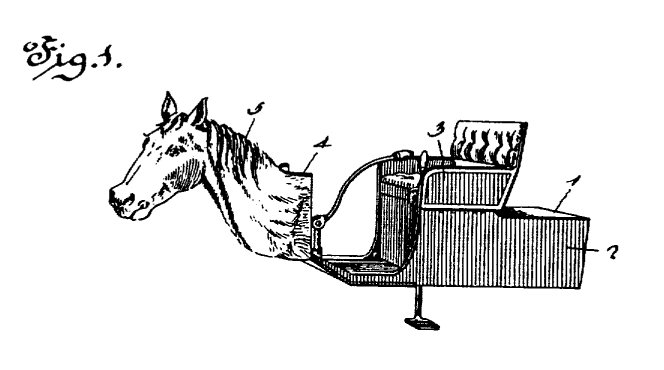In a democracy, a voter might reasonably choose to vote in their own interests or to vote for their idea of the common good. This divergence can spell trouble. Suppose voters are choosing between two options, A and B. A is in the interests of 40 percent of the electorate, and B is in the interests of the remaining 60 percent. Now suppose that 80 percent of voters believe that B is for the common good, and 20 percent believe that A is for the common good. And suppose that these beliefs are independent of interests — that is, believers in A and believers in B are spread evenly through the electorate. Finally, suppose that voters for whom A is in their interests vote according to interest while voters for whom B is in their interests vote according to their idea of the common good.
The result is that 52 percent of voters (all A-interest voters and 20 percent of B-interest voters) will vote for A, which wins the day, “even though it is in the minority interest, and believed by just 20% of the population to be in the common good,” notes philosopher Jonathan Wolff. The scenario in this example may be unlikely, but “the key assumption is that morally motivated individuals can make a mistake about what morality requires. … [W]e cannot rely on any assurances that democratic decision-making reveals either the majority interest or the common good.”
(Jonathan Wolff, “Democratic Voting and the Mixed-Motivation Problem,” Analysis 54:4 [October 1994], 193-196.)





